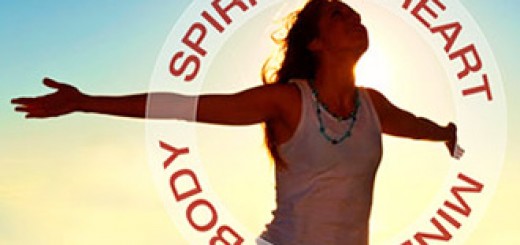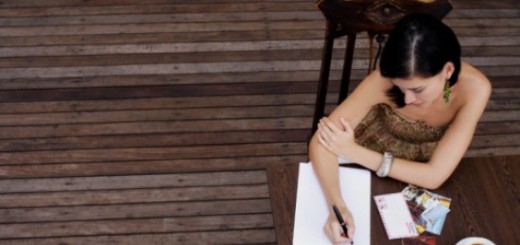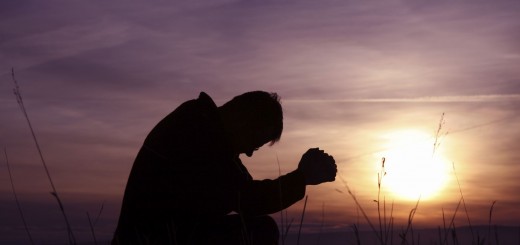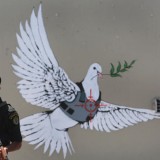Contraction and release: a language of pain
Contraction and release: a language of pain.
My language of pain. I didn’t have one before. My emotions have been locked up inside my body for a long, long time. Ever since I was taught to keep everything to myself, to show control, to practise mind over matter.
I became restrained, repressed. ‘Nice’.
So restrained that I forgot how to cry. So repressed that all this emotion morphed into a huge black hole of depression that threatened to consume me. So ‘nice’ that I was afraid to express the real me.
I developed a disconnect between mind and body. Between body and soul.
And then, when I was introduced to Contraction and Release, I found a language for this pain. A language not of words but of movement and breath. A body language that bypasses the mind and expresses the soul.
The technique of Contraction and Release is the basic foundation of the Graham Technique developed by Martha Graham. It’s hard to get right, even harder to explain. Martha Graham says it takes ten years to master the technique and I have only done one so far, so think of this as my clumsy explanation pretty much at the beginning of my journey.
Think of that place deep in your being where you feel, really feel. Below the stomach. Above the groin. That place that gut feelings stem from. That pit of your stomach, that seat of all emotion. That place where you feel you have been punched when you find out some terrible, terrible news.
A contraction is exactly that. A response to trauma. A response to being hit right in your core. There’s a deep exhalation – all the wind is pushed violently out of you. Your stomach contracts and shies away. Your spine curves. You curl over to protect yourself and nurse your pain. You roll up into a ball like a hedgehog.
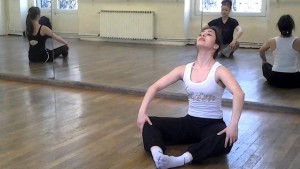 And then when the danger has passed, you gradually start to unfurl. You find release. You breathe again. You inhale. You’re grounded in the earth beneath and start to rise up out of that place of grounding. Your pelvis finds the strength to kickstart this awakening. The inspiring breath awakens the spine as it grows and grows up out from the pelvis. You find the determination to rise up, to carry on, to stand tall. From the base of the spine to the top of your head, you are strong.
And then when the danger has passed, you gradually start to unfurl. You find release. You breathe again. You inhale. You’re grounded in the earth beneath and start to rise up out of that place of grounding. Your pelvis finds the strength to kickstart this awakening. The inspiring breath awakens the spine as it grows and grows up out from the pelvis. You find the determination to rise up, to carry on, to stand tall. From the base of the spine to the top of your head, you are strong.
Until the next time.
Sometimes the hurt is not as massive, the response not as violent. Sometimes the punch is not as strong, the bodily reaction not as pronounced. Sometimes the exhalation is more of a sigh or a groan. But each time, there is a release. The breath of life enters and moves around your body to restore and refresh and renew. To give you the strength to rise again. Over and over again.
In class, we practise Contraction and Release. We do bounces and deep stretches and long leans. And there, I find a language for my pain. For the pain stored up in my body. A release. I bring all that I am, all that I have been through that day into the studio with me and I lay it all down. I let it out. And I find release from it. I leave feeling taller and stronger and freer.
This is not proper teaching of the Graham Technique. Far from it. This is not a textbook explanation. No teacher would tell you this.
But in the context of learning to lament, this is how I am learning to lament right now.
